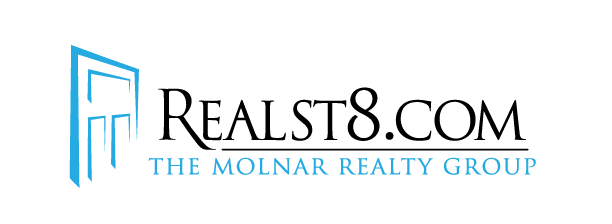The state lawmakers in the house and senate approved a property tax reform bill Friday, 3/14/08. HB 1001 is the long discussed and significantly modified product of governor Mitch Daniels’ October 2007 property tax proposal (overview / details).
The passed bill retains the “one-two-three” percent caps on property that is residential and owner-occupied (1%), rental or agricultural (2%), and commercial (3%), but requires more than a few asterisks:
- It raises the state sales tax to 7%.
- The caps are phased in, so they won’t be fully effective until 2010.
- Two counties, St. Joseph and Lake, are partially exempt from the caps – taxes to cover payments on existing debt are not capped until 2020.
- Schools that can’t make ends meet under the caps can appeal the limits through voter referendums and governmental units that face 5+% shortfalls can appeal to a Distressed Unit Appeals Board.
- Counties have the option of raising local income taxes to offset declining revenue.
The full bill is lengthy and makes broad changes to the funding of schools, children’s residential psychiatric treatment, certain police and firefighter pensions, and other governmental expenses.
More about Indiana’s property tax reform under HB 1001:
- thorough digest and full text of the bill on the state of Indiana’s web-site
- article from the IndyStar on the passage of HB 1001, with quotes from many lawmakers
- article from the South Bend Tribune on property tax reform, with an estimate on South Bend Area tax amounts under HB 1001
- article from the Northwest Indiana Times on HB 1001, with a readable summary of the bill.

Under the the current tax law, what is the property tax rate on residential rental property in the city of South Bend for the current year (the tax bill that just arrived).
The rate on my bills is at five percent.
Friends in residential properties have seen their tax bill halved.
The circuit breaker doesn’t come into play for 2007 pay 2008 property taxes on rentals. For 2007 pay 2008, it capped residential properties with a homestead exemption at 2% only. It didn’t apply to properties that aren’t owner occupied like yours. That means the taxes you pay are based on the rate of the township in which your property is located. You can find more info on the state’s web-site.
In 2008 pay 2009, the circuit breaker is scheduled to begin its “phase-in” and residential, non owner-occupied property should be capped at 2.5% of assessed value plus an allowance for existing debt exempted from the cap.
Of course the state legislature can change the system at any time.